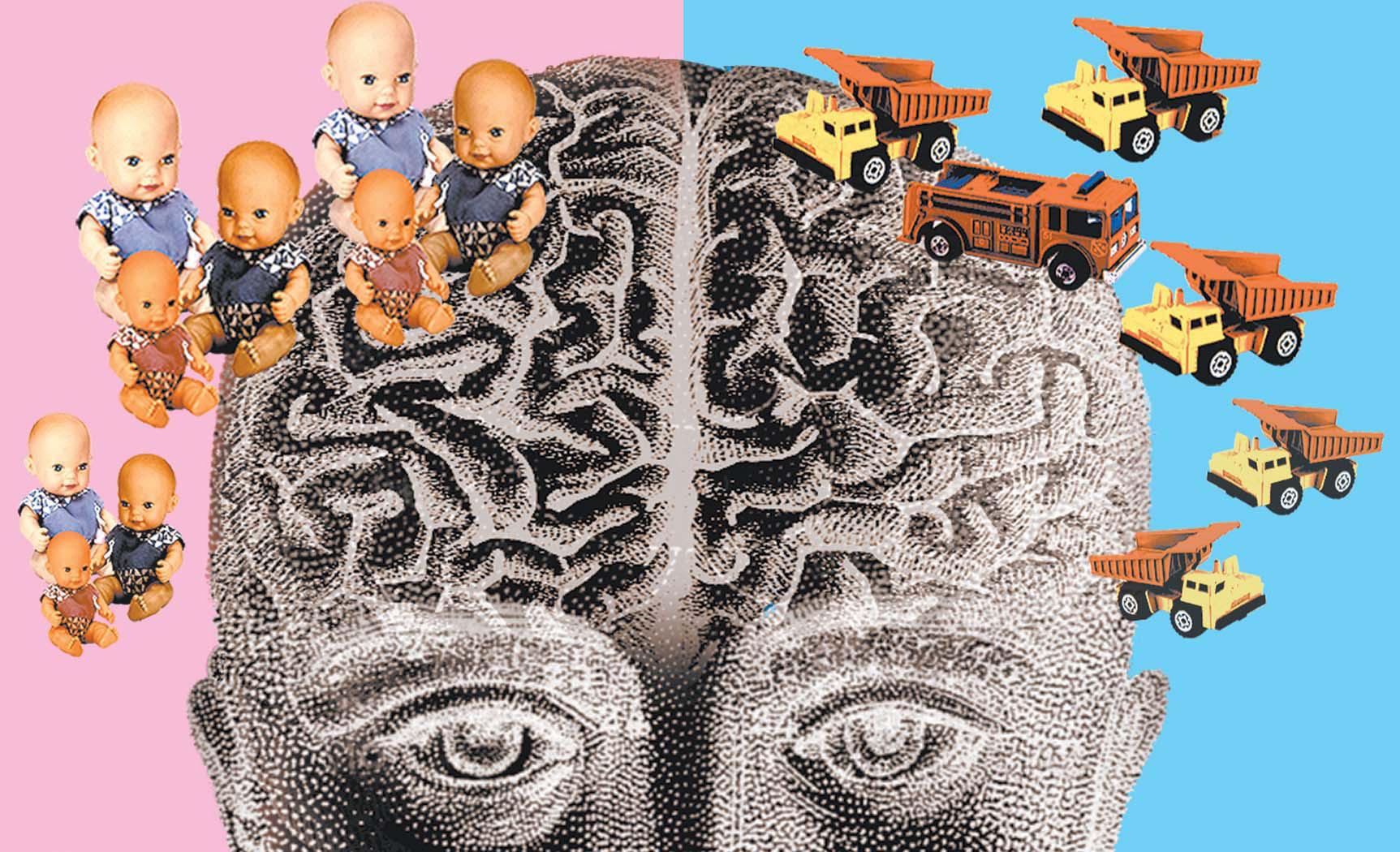Your donation will support the student journalists of Sycamore High School. Your contribution will allow us to purchase equipment and cover our annual website hosting costs.
Learning to learn
Differences in the way we think could shape education
April 7, 2016
There are undoubtedly psychological differences between how males and females learn and relate to others. These different learning styles could affect the way we teach in academic settings.
There is certainly a gender gap in the fields of math and science. But critics have discussed the stereotype that girls are good at reading and boys are good at math and science may simply stem from cultural expectations rather than intellectual capacity.
According to The Journey to Excellence, there are two main brain differences between males and females. “Females have a larger corpus callosum, which links the left and right hemispheres of the brain.
Also, girls tend to develop communication skills earlier, which is why they tend to work collaboratively.
Rachel Flurie, a Pgy1 Pharmacotherapy Resident at the University of Maryland School of Pharmacy conducted a study on the individual learning types of both males and females.
She found that, “Women prefer concrete experiences while men prefer abstract concepts. Women are more socially oriented than men, and men are more grade-oriented and more competitive than women.”
The structure of the schools system may not help even younger children reach their full potential.
Without falling into the trap of stereotyping, there can be benefit to helping males and females in different aspects of their education, as well as revolutionize the way we teach, especially at younger ages.
According to NASSPE, “There are no differences in what girls and boys can learn. But there are big differences in the best way to teach them… Girls and boys are equally capable of learning that material.”
While obviously these broad generalizations can not account for every individual, adjusting our ideas may help children succeed to their full capacity.
